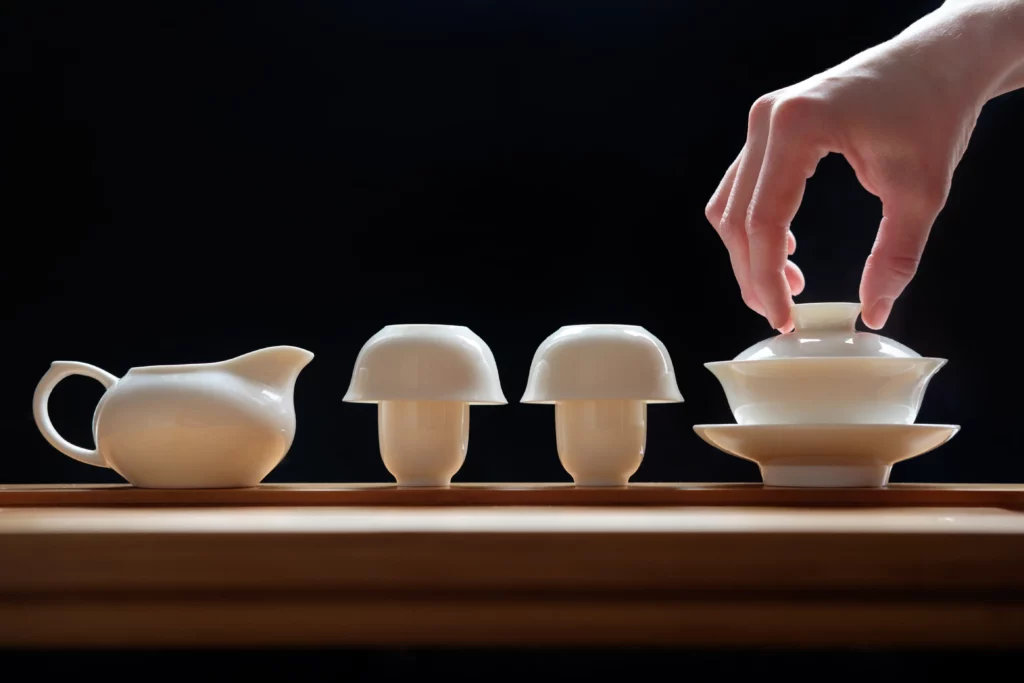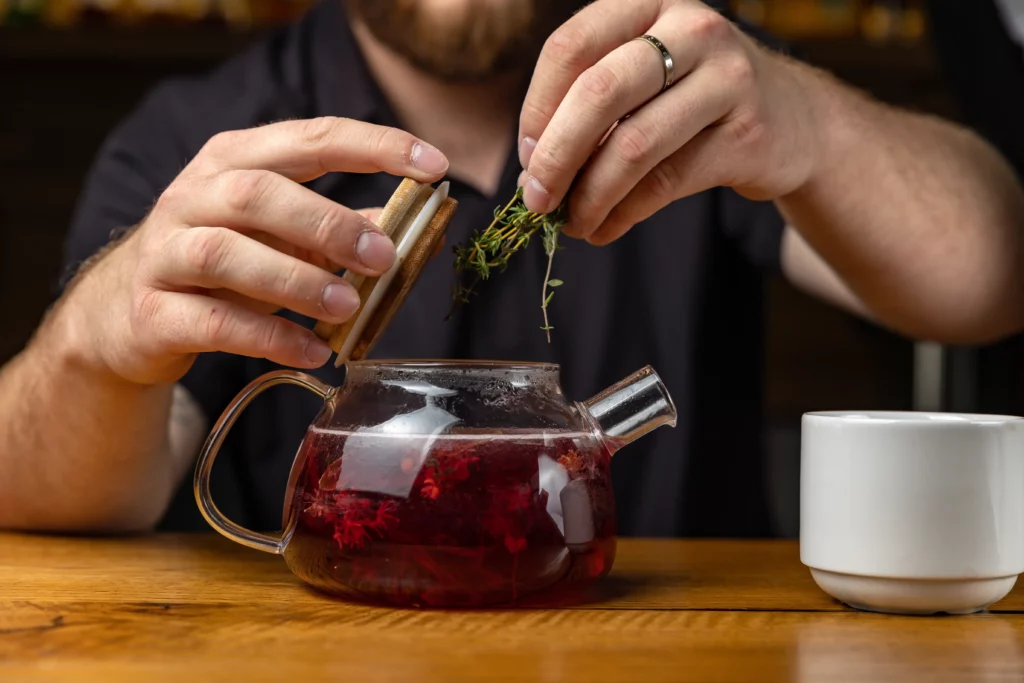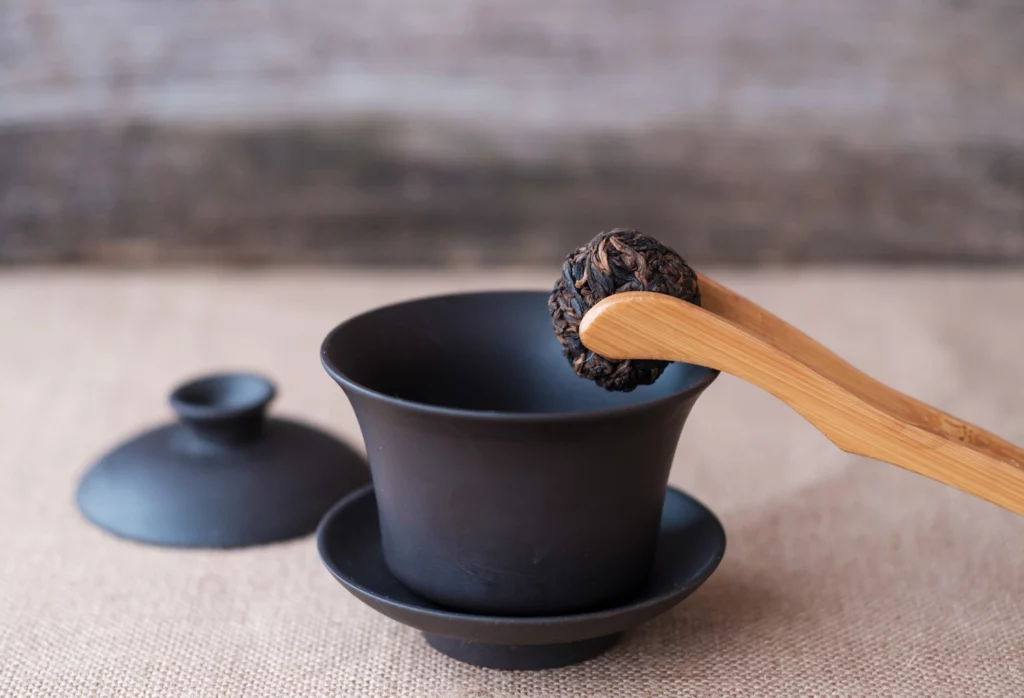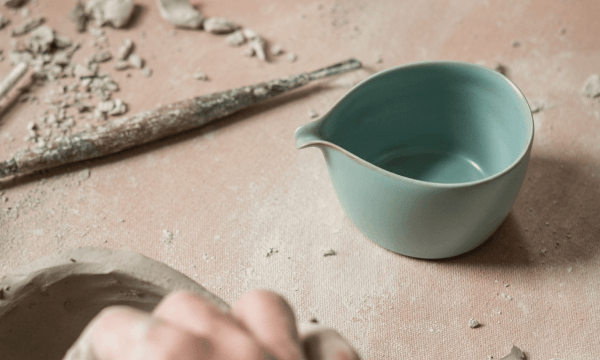tea and its surroundings, GONG FU CHA
How to use a gaiwan, the traditional Chinese teacup
In the West, we have been accustomed for hundreds of years to infusing leaf tea with familiar utensils: if we think of the classic and beautiful English tea sets, images of pot-bellied ceramic, porcelain, or glass teapots, mugs of at least 150-200 ml, and for some people even a sugar bowl and a small pitcher to stain their tea with a cloud of milk, come to mind.
In the East and especially in China, however, things are a little different when it comes to infusing tea. Have you ever heard of gaiwan?
What is a gaiwan cup
The term gaiwan can be translated from Chinese as“cup with a lid“(gai = lid, wan = cup): it is a cup with flared edges, usually made of ceramic, porcelain o clay (but there are also glass ones), whose average capacity ranges from 100 to 200ml. It comes with a saucer and, as the name suggests, a lid: these three elements together represent the harmony and union between heaven, earth and man, where the saucer symbolizes the soil, the gaiwan symbolizes the human being, and the lid symbolizes the sky.


The gaiwan is often used in place of the classic teapot to brew tea by oriental infusion (gong fu cha): it seems that this method was established in the Ming era (1368 – 1644), a period when the use of drinking tea in leaf form and no longer pressed into cakes became widespread, resulting in the birth of modern tea utensils. By using a larger quantity of tea leaves than we are accustomed to doing with Western single infusion, gaiwan allows us to employ the same leaves over and over again for multiple infusions, giving us a deeper and more complete tasting experience.
Let’s see how to use a gaiwan for tea brewing.
How do you use a gaiwan?
Using a gaiwan is not difficult, although it does require some practice to develop a minimum of fluidity in the gesture and avoid burning your fingers. How to do it. In the gaiwan you put the tea leaves and pour previously heated water over them, leaving the leaves to steep. Once the necessary time has passed, you pick up the gaiwan by holding it with your thumb and middle finger resting sideways on the edges and moving the lid back slightly with your index finger so that it does not completely close the opening of the cup. You then tilt the gaiwan to pour and thus strain the tea-this way the lid locks the leaves inside and lets only the liquid pass through. Rather than a cup, it would almost be more appropriate to call it a “teapot.”


But there is an alternative way to use the gaiwan: instead of straining the tea to serve it to guests, you can drink it directly from the gaiwan as if it were a simple cup. How? Place the saucer in the palm of your right hand and help yourself with your thumb to hold the cup firmly; with the index finger of your left hand, move the lid back slightly, so that it holds the leaves firmly inside, and sip. Simple, right?
Gaiwan and gong fu cha
As we said just above, the gaiwan is a fundamental element of the basic set for the gong fu cha, or oriental-style infusion. The words “gong fu” literally mean “carefully made/ made slowly,” while “cha” means “tea.” So, a tea that must be brewed but also drunk carefully and slowly, enjoying the moment and the world of aromas and flavors that the leaves give us.
In addition to this wonderful perspective, far removed from the Western hurry that sees tea and coffee breaks as a fleeting moment in which to swallow the liquid quickly with almost no taste, the Eastern method of brewing has other features that are very different from the so-called Western brew.


Here are the two infusion methods compared regarding the main parameters:
Western method:
- 1 – 1.5 grams of leaves x 100 ml of water
- infusion times measured in minutes
- 1 or 2 infusions with the same leaves
Eastern method:
- 3-5 grams of leaves x 100 ml of water
- infusion times measured in seconds
- 4-10 infusions with the same leaves
What are the advantages of using a gaiwan?
Using a gaiwan and infusing with the gong fu cha method we will have a lot of tea compared to the amount of water, very short infusion times (15 to 40 seconds on average) and multiple infusions with the same leaves.
This allows the aromatic and taste components of the tea we are drinking to be revealed layer by layer, discovering something new with each infusion: with the first infusion we will perhaps hear more floral notes, with the second infusion more vegetal notes will be highlighted, with the third infusion more spicy hints will emerge, and so on.
This also makes it easier to identify the aromatic components of the tea, whereas with Western infusion the flavors and aromas will be released all at once in a single brew, making it harder to recognize individual notes.
The ritual of re-infusing the same leaves into gaiwan several times, giving attention each time to a different flavor or nuance that we had missed, also allows us to fully enjoy the relaxation that tea time provides, focusing only on the here and now.


What teas can be drunk in gaiwan?
There is no real rule about this, but we tend to recommend that teas with leaves that are too small (Darjeeling and many other teas from countries such as India, Sri Lanka, and Africa) and broken teas should be avoided for convenience, since you would not be able to block the leaves from escaping with the gaiwan lid.
Even more difficult might be with Japanese teas: there are often crumbled particles among the tiny needle-like leaves, due to steaming, which tends to make the leaves more fragile and brittle. Again, the gaiwan lid would fail to stop them, and you would end up with most of the leaves along with the strained tea.
Green light , of course, to all Chinese teas, especially large-leaf teas: white, green, oolong, red and fermented. You will be fascinated by the opening of the leaves of a Tie Guan Yin, a low-oxidation floral oolong, or the velvety, toasty hints of a rock oolong such as the Rou Gui, with nuances of flavor that you will discover infusion after infusion. You will appreciate the enveloping aromas of a red tea such as our Wuyi Wild Floral unraveling as you go. You will test how many infusions you can make with the leaves of a traditional and prized puer sheng tea such as the Huazhuliangzi from Yunnan, among the longest-lived and most satisfying teas when brewed in gaiwan.
Infusing in gong fu cha will allow you to have afull meditative and sensory experience, ranging from sniffing the gaiwan lid to catch the scents of the tea’s most volatile compounds to admiring the beauty of the infused leaves and inhaling their ever-changing aromas, as well as the different flavors and notes of the liquor that will reveal themselves to your palate with each infusion.






